Dr. Kristina Curry Rogers has emerged as one of paleontology’s most prominent figures, particularly renowned for her groundbreaking discoveries of sauropod dinosaurs in Madagascar. As a vertebrate paleontologist specializing in dinosaur biology and evolution, her work has revolutionized our understanding of titanosaur sauropods and dinosaur growth patterns. Throughout her career spanning over two decades, Curry Rogers has conducted multiple expeditions to the island nation of Madagascar, uncovering fossils that have filled crucial gaps in our knowledge of dinosaur evolution and biology. Her discoveries have not only added new species to the dinosaur family tree but have also provided vital insights into how these magnificent creatures lived, grew, and ultimately disappeared from our planet.
Early Life and Academic Journey
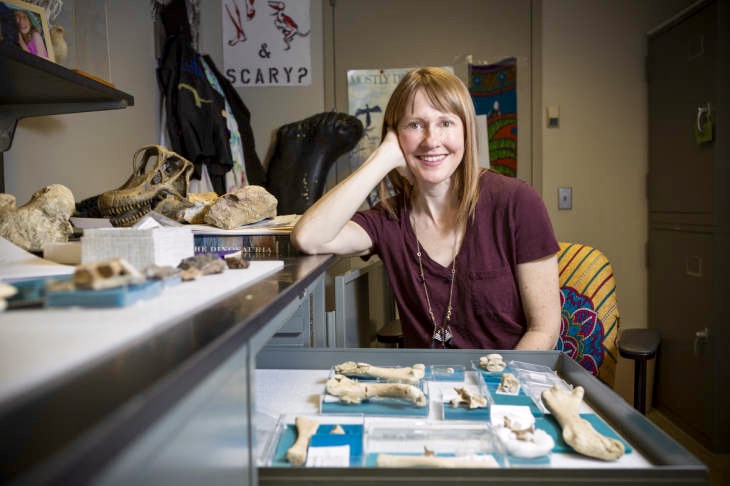
Kristina Curry Rogers’ fascination with prehistoric life began early, developing into a lifelong pursuit of paleontological knowledge. She earned her undergraduate degree from Montana State University, where she was first exposed to fieldwork and fossil preparation techniques that would later become central to her professional toolkit. Continuing her education, she obtained her Ph.D. from Stony Brook University, focusing on vertebrate paleontology under the mentorship of established researchers in the field. Her doctoral work laid the groundwork for what would become her signature research on sauropod growth dynamics and anatomy. During these formative years, Curry Rogers developed the meticulous approach to fossil examination and analysis that would later enable her major discoveries in Madagascar’s fossil-rich sediments.
Introduction to Madagascar’s Fossil Treasures

Curry Rogers’ connection with Madagascar began in the 1990s when she joined expeditions to the island’s Mahajanga Basin, a region that has yielded some of the most significant Late Cretaceous dinosaur finds in the Southern Hemisphere. This sedimentary basin preserves fossils from the Maevarano Formation, dating to approximately 70-66 million years ago, just before the mass extinction event that wiped out non-avian dinosaurs. Madagascar’s geological isolation for over 88 million years created unique evolutionary conditions, resulting in dinosaur species found nowhere else on Earth. The island’s fossil deposits are particularly valuable because they often include well-preserved, articulated specimens that provide comprehensive anatomical information. These characteristics made Madagascar the perfect natural laboratory for Curry Rogers to pursue her research into sauropod evolution and development.
Discovery of Rapetosaurus

Curry Rogers’ most celebrated contribution to paleontology came with the discovery and description of Rapetosaurus krausei, a titanosaur sauropod that has become one of Madagascar’s most iconic dinosaur species. Unearthed from the Maevarano Formation in 1999, this discovery was particularly significant because it included juvenile specimens alongside adult material, providing unprecedented insights into titanosaur growth patterns. The genus name “Rapetosaurus” combines the Malagasy word “rapeto” (meaning giant) with the Greek “sauros” (lizard), while the species name honors paleontologist David Krause, who led many Madagascan expeditions. This remarkable find included a partial skull, extremely rare for a titanosaur, that allowed Curry Rogers to make detailed anatomical comparisons with other sauropod groups. Her description of Rapetosaurus, published in 2001, represented one of the most complete titanosaur specimens known at that time and fundamentally improved scientific understanding of this diverse sauropod group.
Titanosaur Growth and Development Studies

The discovery of juvenile Rapetosaurus specimens gave Curry Rogers a unique opportunity to study how titanosaurs grew from hatchling to adult. Through detailed histological analysis of bone microstructure, she determined that these massive creatures grew at rates comparable to mammals rather than modern reptiles, much faster than previously thought. By examining growth rings in fossil bones (similar to tree rings), Curry Rogers established that Rapetosaurus reached sexual maturity while still actively growing, a pattern distinct from many modern reptiles. Her research revealed that juvenile titanosaurs were precocial, capable of independent movement and feeding shortly after hatching, which contradicted earlier theories about extended parental care. These findings, published in prestigious journals including Science and Nature, transformed paleontologists’ understanding of sauropod life history and offered new perspectives on the biology of the largest land animals that ever lived.
Field Techniques in Madagascar’s Challenging Terrain
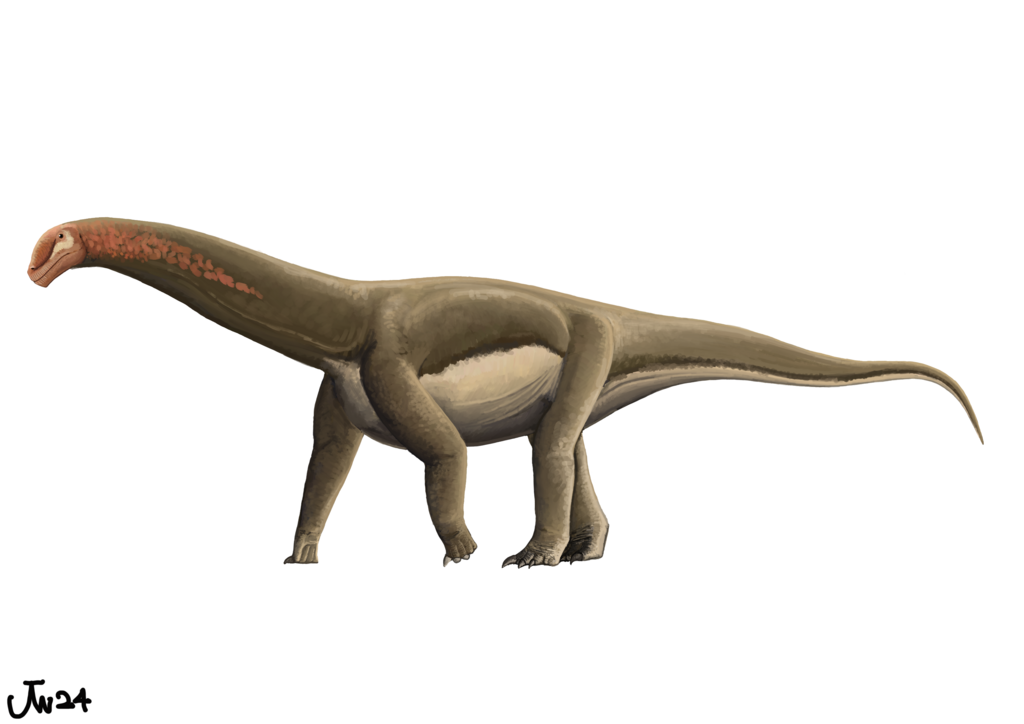
Conducting paleontological fieldwork in Madagascar presents unique challenges that require Curry Rogers to develop specialized techniques for fossil recovery and preservation. The island’s remote fossil localities often necessitate long journeys on foot through difficult terrain, with equipment carried by teams of researchers and local assistants. Seasonal monsoons create a narrow window for excavation, forcing expeditions to work efficiently during the dry season. Madagascar’s tropical climate and soil conditions can degrade fossil material, requiring careful excavation techniques using specialized tools like dental picks and pneumatic preparation equipment. Curry Rogers pioneered the use of specific consolidants adapted to the local conditions, ensuring that fragile fossils could be stabilized in the field before transport. She also incorporated local knowledge from Malagasy communities, creating collaborative approaches that respected indigenous expertise while advancing scientific objectives.
Building Scientific Partnerships with Malagasy Researchers
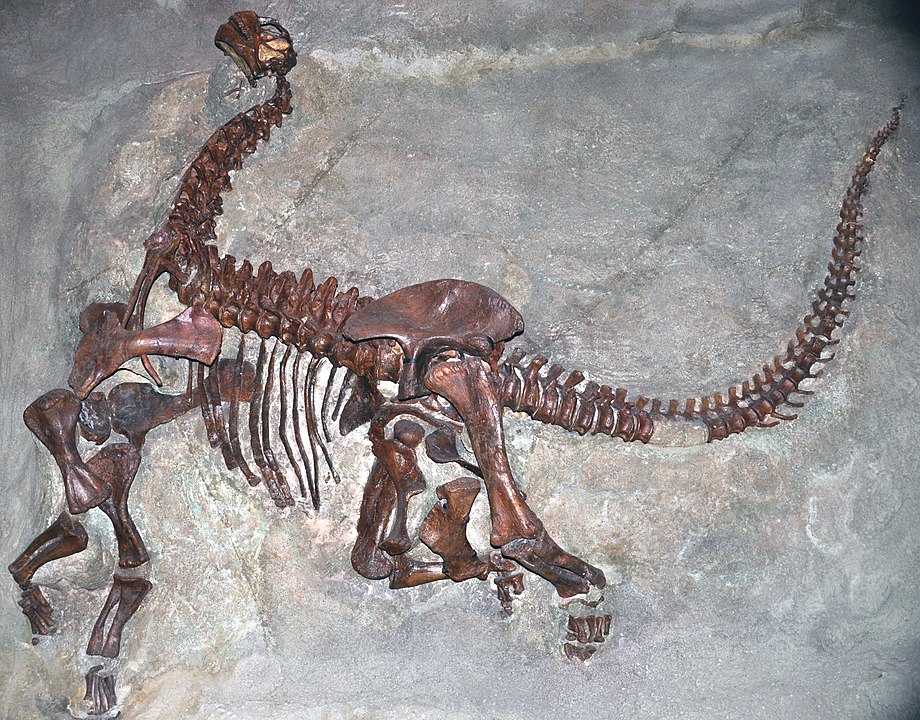
Throughout her career, Curry Rogers has emphasized the importance of collaborative research and capacity building with Malagasy scientists. She has actively worked to ensure that her paleontological expeditions benefit the scientific community in Madagascar through knowledge transfer and shared research opportunities. By establishing partnerships with institutions like the University of Antananarivo, Curry Rogers has helped train a new generation of Malagasy paleontologists equipped with the skills to conduct independent research on their country’s fossil heritage. These collaborations have included workshops on fossil preparation techniques, field methodology, and anatomical analysis that empower local researchers to continue investigations when international teams are absent. Her commitment to ethical paleontology has emphasized that fossils discovered in Madagascar should ultimately reside in Malagasy institutions, with research access benefiting the country of origin rather than being permanently exported to museums in North America or Europe.
Beyond Rapetosaurus: Other Madagascan Discoveries

While Rapetosaurus remains her most famous discovery, Curry Rogers has contributed to numerous other significant fossil finds throughout Madagascar’s Cretaceous deposits. Her fieldwork has yielded important specimens of theropods, including abelisaurids like Majungasaurus, providing insights into the predators that shared ecosystems with Rapetosaurus. She has also studied fossil crocodyliformes and birds from Madagascar, helping reconstruct the broader paleoenvironment of the late Cretaceous island ecosystem. One particularly noteworthy contribution came with her analysis of fragmentary sauropod remains that suggested the presence of a second titanosaur species distinct from Rapetosaurus, though more complete specimens are needed for formal description. These diverse discoveries have allowed Curry Rogers to contextualize Madagascar’s dinosaur fauna within the broader patterns of Gondwanan evolution, demonstrating both connections to and differences from contemporaneous dinosaur assemblages in India, Africa, and South America.
Technological Innovations in Fossil Analysis
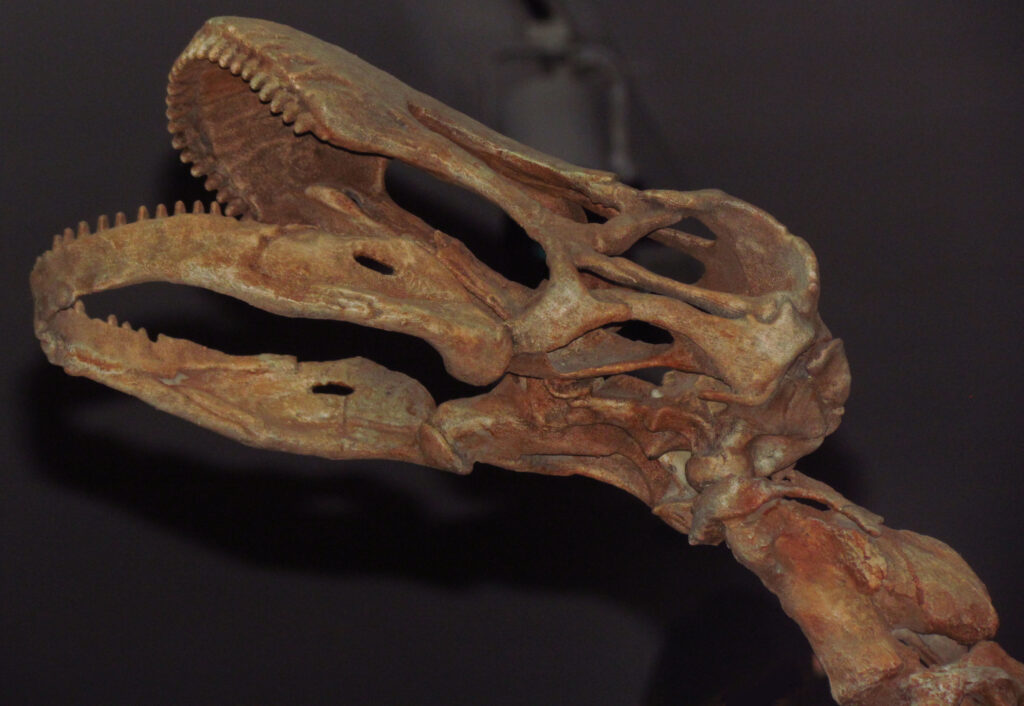
Curry Rogers has embraced cutting-edge technologies to extract maximum information from Madagascan fossils, pioneering applications that have transformed paleontological analysis. She was among the first researchers to apply high-resolution CT scanning to sauropod fossils, revealing internal structures impossible to observe through traditional methods. This technology proved particularly valuable for studying the delicate skull material of Rapetosaurus, allowing virtual reconstruction of fragmented elements without risking damage to the original specimens. For bone histology studies, Curry Rogers developed protocols for creating thin sections of fossil bone that preserved microstructures while minimizing destruction of valuable specimens. She has also utilized synchrotron imaging at advanced research facilities to examine growth patterns at the cellular level, providing unprecedented details about how titanosaurs developed. These technological approaches have allowed her to extract data from fossils that would have been impossible to obtain through conventional examination, significantly expanding the scientific value of Madagascar’s paleontological treasures.
Contributions to Understanding Dinosaur Extinction in Madagascar
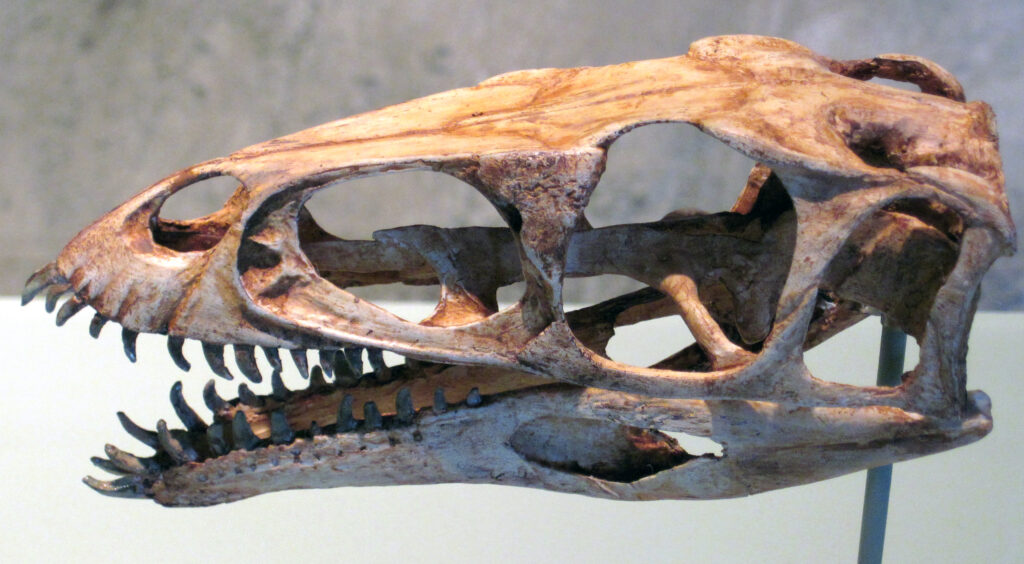
Through her extensive work with late Cretaceous fossils, Curry Rogers has provided important insights into the final days of dinosaurs in Madagascar before the end-Cretaceous extinction event. Her research suggests that titanosaur diversity was declining in Madagascar before the asteroid impact that marks the Cretaceous-Paleogene boundary, challenging simplified narratives about dinosaur extinction. By analyzing the Maevarano Formation’s depositional environment, she has documented evidence for increasingly harsh, seasonal drought conditions that may have stressed dinosaur populations. Her studies of Rapetosaurus bone histology indicate that some individuals experienced periods of physiological stress, possibly due to resource limitations in a changing climate. These findings contribute to the complex picture of how multiple environmental factors may have affected dinosaur populations differently across regions in the lead-up to their extinction. Curry Rogers’ work emphasizes that understanding dinosaur extinction requires detailed regional studies rather than global generalizations, with Madagascar providing a crucial data point for this broader scientific question.
Educational Outreach and Public Communication

Beyond her scientific contributions, Curry Rogers has devoted significant energy to science communication and educational outreach. As a professor at Macalester College, she has mentored numerous undergraduate students, involving them directly in research projects and introducing a new generation to paleontological methods. She regularly gives public lectures about Madagascan dinosaurs, translating complex scientific concepts into accessible presentations that capture the imagination of diverse audiences. Curry Rogers has collaborated with museum exhibit designers to create engaging displays featuring Rapetosaurus and other Madagascan dinosaurs, bringing these discoveries to millions of visitors worldwide. Her work has been featured in documentaries produced by National Geographic, PBS, and the BBC, where her enthusiasm for dinosaur paleontology proves as captivating as the fossils themselves. Through these outreach efforts, she has helped transform public perception of dinosaurs from movie monsters to complex biological organisms worthy of serious scientific study.
Current Research and Future Expeditions
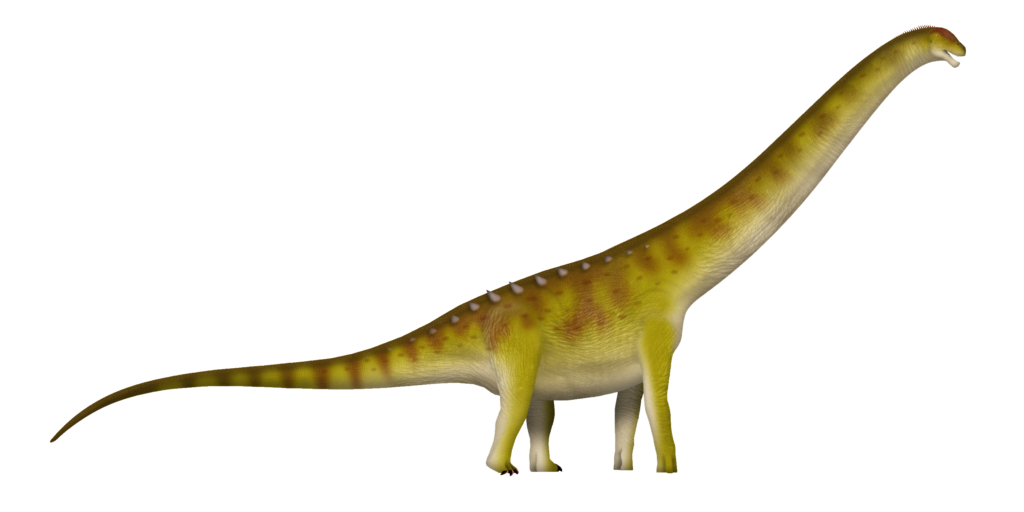
Curry Rogers continues to pursue active research programs focused on Madagascar’s dinosaur fauna, with several projects currently in progress. She is conducting detailed comparisons between Rapetosaurus and other titanosaurs from India, Argentina, and Africa to better understand evolutionary relationships within this diverse sauropod group. New fieldwork is planned for previously unexplored regions of the Mahajanga Basin that may yield fossils from earlier periods, potentially documenting the evolutionary history of titanosaurs in Madagascar across a broader timescale. Curry Rogers is also utilizing geochemical analysis of fossil teeth to reconstruct ancient food webs and climate conditions in Cretaceous Madagascar. These techniques provide indirect evidence of vegetation types and seasonal variations that affected dinosaur communities. Her ongoing collaborations with Malagasy institutions continue to emphasize capacity building and sustainable paleontological practices that respect both scientific objectives and cultural heritage considerations.
Legacy and Impact on Dinosaur Paleontology
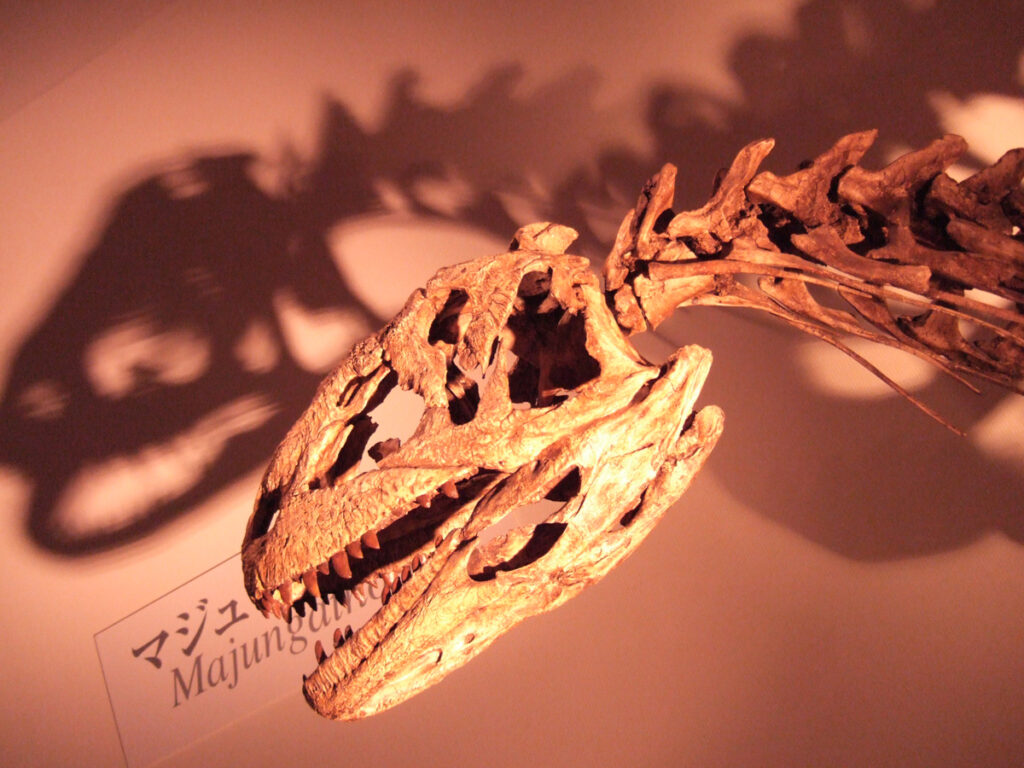
The scientific legacy of Kristina Curry Rogers extends far beyond her specific discoveries, influencing the broader field of dinosaur paleontology in profound ways. Her methodological innovations, particularly in the study of bone histology and growth, have been adopted by researchers working with diverse dinosaur groups worldwide. By demonstrating the scientific value of growth series that include juvenile specimens, she has changed collection priorities during fieldwork, with paleontologists now recognizing smaller specimens as potentially more informative than fragmentary adult material. Her ethical approach to international collaboration has become a model for respectful scientific partnerships that benefit host countries. Perhaps most significantly, her detailed anatomical work on Rapetosaurus has provided a reference point for understanding titanosaur evolution globally, resolving longstanding questions about this previously enigmatic sauropod group. As future generations of paleontologists continue investigating Earth’s prehistoric past, the methodological and theoretical foundations established by Curry Rogers will undoubtedly influence their approaches and interpretations.
Conclusion
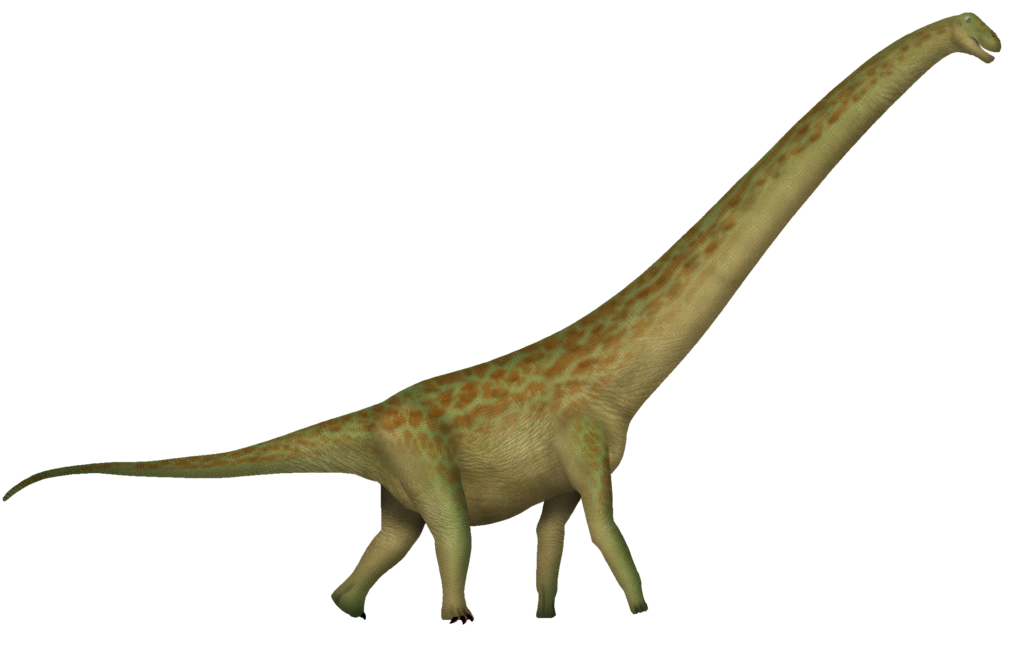
Kristina Curry Rogers’ contributions to paleontology represent a remarkable scientific journey through Madagascar’s prehistoric past. Her discoveries, particularly of Rapetosaurus krausei, have substantially advanced our understanding of titanosaur sauropods and dinosaur biology more broadly. Through innovative research methods, ethical collaborative practices, and commitment to public education, she has transformed not only what we know about Madagascar’s dinosaurs but also how we study them. As exploration of Madagascar’s fossil treasures continues, the groundwork laid by Curry Rogers will remain fundamental to uncovering the island’s unique chapter in Earth’s evolutionary history. Her career demonstrates how careful scientific methodology, technological innovation, and respect for international partnerships can combine to illuminate the distant past while inspiring future generations of researchers.




